Sea Star Conservation – "ocean Treasures" Memorial Library
Sea stars, also known as starfish, are fascinating creatures that inhabit the ocean. They come in a variety of colors and sizes and play important roles in marine ecosystems. Let's explore more about sea stars and their life cycle, habitat, reproduction, and more.
Sea Star Survey
 The sea star survey conducted by Octopus Event Promotions is a valuable initiative to understand the population and distribution of sea stars. This survey helps in monitoring the health of sea star populations and identifying any potential threats they might be facing. It provides insights into the conservation efforts required to protect these beautiful creatures.
The sea star survey conducted by Octopus Event Promotions is a valuable initiative to understand the population and distribution of sea stars. This survey helps in monitoring the health of sea star populations and identifying any potential threats they might be facing. It provides insights into the conservation efforts required to protect these beautiful creatures.
Sea stars are fascinating organisms that belong to the phylum Echinodermata. They have a unique body structure with multiple arms radiating from a central disk. These arms can vary in number, with some species having as few as five arms, while others have up to twenty or more.
Sea stars are often found in intertidal areas, where they can be seen exposed during low tide and submerged during high tide. They have a remarkable ability to regenerate lost limbs, making them highly resilient creatures. They can reproduce both sexually and asexually, with some species being hermaphrodites.
Common Sea Star Information and Picture

The common sea star, also known as Asterias rubens, is a species found in the Atlantic Ocean. It is one of the most recognizable sea stars due to its vibrant orange color and distinctive shape. This species has five arms that are slightly tapered at the tips.
The common sea star is a predator that feeds on a variety of small marine organisms, such as mollusks, barnacles, and other invertebrates. It uses its tube feet, located on the undersides of its arms, to capture and manipulate its prey. These tube feet also help the sea star in locomotion and attachment to rocky surfaces.
As mentioned earlier, sea stars have a remarkable ability to regenerate lost body parts. In the case of the common sea star, if one of its arms is detached, it can grow back over time. This adaptation allows them to withstand predation and other physical damages.
Your Water... Your Future

The Lone Star Groundwater Conservation District plays a vital role in managing water resources in the region. It ensures the sustainable use of groundwater, which is crucial for the future of the community. By implementing effective conservation measures, they aim to secure a stable water supply for generations to come.
The conservation of groundwater is especially important in areas where reliance on groundwater for various purposes, including agriculture and residential use, is high. The district works collaboratively with stakeholders to develop strategies for responsible groundwater management.
It is essential for individuals to understand the importance of water conservation in their daily lives. Small actions such as fixing leaky faucets, using water-efficient appliances, and reducing water consumption in general can make a significant difference in conserving this valuable resource.
Star Sea 5 Stages of Life Cycle in Brief

The life cycle of a sea star consists of five stages: fertilization, larval development, metamorphosis, juvenile stage, and adulthood. Let's explore each stage briefly.
1. Fertilization: Sea stars reproduce sexually, and the male and female individuals release their gametes into the water during spawning. The eggs are then fertilized by the sperm, resulting in the formation of zygotes.
2. Larval Development: The zygotes develop into larvae, which are planktonic and undergo a period of free-floating in the water. During this stage, the larvae feed on microscopic organisms and grow rapidly.
3. Metamorphosis: After a certain period, the larvae undergo metamorphosis, where they undergo significant morphological changes. They develop tube feet, arms, and a central disk, resembling a miniature sea star.
4. Juvenile Stage: Once the larvae complete metamorphosis, they settle on the substrate and become juveniles. At this stage, they start feeding on small invertebrates and continue growing.
5. Adulthood: As the sea stars grow, they transition into adulthood. They reach their reproductive maturity and can start reproducing to continue the life cycle. Sea stars are known to have relatively long lifespans, with some species living for several decades.
Sea Star by Brendan
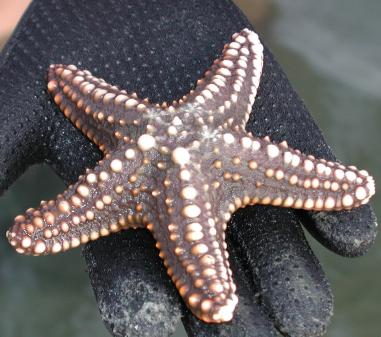
The artwork titled "Sea Star" by Brendan captures the beauty and allure of these magnificent creatures. The artist skillfully portrays the vibrant colors and intricate details of a sea star, bringing it to life on the canvas.
Art has the power to inspire and create awareness about the wonders of nature. Through this artwork, Brendan highlights the unique characteristics of sea stars and encourages us to appreciate the biodiversity of our oceans.
Sea stars, with their diverse shapes and colors, have been a popular subject in art and culture for centuries. Their mesmerizing presence in underwater ecosystems has captured the imagination of many artists, poets, and writers.
Fighting a Sea Star Die-Off

A sea star die-off occurs when a large number of sea stars in a particular area experience massive deaths. This phenomenon raises concerns about the health of the marine ecosystem and the potential causes behind such die-offs.
Scientists and researchers are actively studying this issue to understand the underlying factors that contribute to sea star die-offs. Some potential causes include viral infections, changes in water temperature, pollution, and environmental stressors.
Efforts are being made to combat sea star die-offs and protect the populations of these incredible creatures. By monitoring their populations, implementing conservation measures, and raising awareness about the importance of maintaining a balanced marine ecosystem, we can contribute to their well-being.
17 Characteristics of Sea Star - Habitat - Reproduction

Sea stars possess several unique characteristics that make them fascinating organisms. Let's explore some of these characteristics, focusing on their habitat and reproduction.
1. Habitat: Sea stars are predominantly found in saltwater environments, ranging from intertidal zones to the deep sea. They exhibit remarkable adaptability and can thrive in various habitats, including rocky shores, coral reefs, and sandy bottoms.
2. Reproduction: Sea stars have a fascinating reproductive system. While some species are dioecious, having separate male and female individuals, others are hermaphrodites, possessing both male and female reproductive organs.
3. Regeneration: One of the most remarkable abilities of sea stars is their ability to regenerate lost body parts, including arms. This adaptation allows them to recover from injuries and predation more effectively.
4. Tube Feet: Sea stars have numerous tube feet located on the undersides of their arms. These tube feet help them in locomotion, capturing prey, and attaching to surfaces.
5. Water Vascular System: Sea stars have a unique water vascular system that functions as a hydraulic system for their tube feet. This system enables them to control the movement of their arms and perform various tasks.
6. Feeding Mechanism: Sea stars are predators and use their tube feet to capture and consume a variety of prey, including mollusks, crustaceans, and other invertebrates. They extend their stomachs outside their bodies to digest the prey externally.
7. Defensive Mechanisms: Sea stars have different defensive mechanisms to protect themselves from predators. Some species have spines or spikes on their bodies, while others have toxins in their tissues.
8. Photoreceptors: Although sea stars lack eyes, they have light-sensitive structures called photoreceptors. These photoreceptors allow them to sense changes in light intensity and help in orienting themselves in their environment.
9. Respiration: Sea stars respire through their tube feet and papulae, which are small projections on their bodies. These structures facilitate gas exchange and help them extract oxygen from the water.
10. Symbiotic Relationships: Sea stars often engage in symbiotic relationships with other organisms. For example, some sea stars have symbiotic associations with certain types of algae, providing shelter and camouflage.
11. Communication: While sea stars do not possess a complex communication system, they can communicate through chemical signals. These signals play a role in various physiological processes, including reproduction and defense mechanisms.
12. Coloration: Sea stars exhibit a wide range of colors, including vibrant shades of red, orange, yellow, and even blue. These colors can serve as a form of camouflage or warning signals to potential predators.
13. Predators: Despite their unique defenses, sea stars have predators in their natural habitats. Some of the major predators include certain species of fish, sea otters, and birds.
14. Endangered Species: Unfortunately, some species of sea stars are facing threats and are listed as endangered. Factors such as habitat destruction, pollution, and climate change contribute to the decline of their populations.
15. Beauty in Diversity: The beauty of sea stars lies not only in their vibrant colors but also in the diversity of their species. From the tiny Pygmy Sea Star to the giant Sunflower Sea Star, each species has its unique characteristics.
16. Ecological Importance: Sea stars play a crucial role in maintaining the balance of marine ecosystems. They control the population of certain prey species, preventing their overgrowth and maintaining healthy ecosystem dynamics.
17. Educational Value: Studying sea stars provides valuable insights into the intricate workings of marine ecosystems. By learning about their biology, behavior, and ecological interactions, we can better appreciate the complexity and fragility of our oceans.
Virus connected to sea star wasting syndrome, but questions remain

The sea star wasting syndrome has been a cause of concern for marine scientists and researchers. This syndrome manifests as a rapid deterioration of sea star tissues, leading to deformities, limb loss, and ultimately death.
Research has shown a link between a virus called the sea star-associated densovirus (SSaDV) and the occurrence of sea star wasting syndrome. This virus infects the tissues of sea stars and is believed to be a significant contributor to their decline.
However, there are still many questions to be answered regarding this syndrome. Factors such as environmental conditions, genetic susceptibility, and interactions with other pathogens may also play a role in its prevalence and severity. Ongoing research aims to unravel these complexities and find ways to mitigate the impacts of sea star wasting syndrome.
Lone Star Groundwater Conservation District to hold off on changes

The Lone Star Groundwater Conservation District, in their commitment to responsible water management, has decided to hold off on making any immediate changes in their regulations. This decision comes after extensive discussions with stakeholders and a thorough evaluation of the current groundwater conditions in the district.
By taking a cautious approach, the district aims to ensure that any changes implemented are based on sound scientific evidence and stakeholder input. They recognize the need to balance water conservation efforts with the sustainable use of groundwater resources for various sectors, including agriculture, industry, and residential needs.
The Lone Star Groundwater Conservation District remains committed to long-term water resource planning and will continue to work collaboratively with the community to address any future challenges that may arise.
Science Explainer | Deep-Sea Sea Stars on the Hunt

Deep-sea sea stars, also known as deep-sea starfish, are a fascinating group of sea stars that inhabit the depths of the ocean. These creatures have adapted to survive in extreme conditions, including low temperatures, high pressure, and limited food availability.
Deep-sea sea stars have unique hunting strategies to capture their prey. Some species have elongated arms that they can extend to reach and catch their food, while others have specialized feeding structures to trap small organisms that drift near the seafloor.
These deep-sea habitats are rich in biodiversity, housing numerous species that are yet to be fully explored and understood. Scientists and researchers conduct expeditions to study these remote ecosystems and unravel the mysteries of deep-sea sea stars.
In conclusion, sea stars are captivating creatures that hold immense ecological value. Their biology, adaptations, and role in marine ecosystems make them subjects of scientific study and artistic inspiration. Understanding and conserving these remarkable organisms is essential for maintaining the health and balance of our oceans.
If you are searching about Ochre Sea Star – Oregon Conservation Strategy you've visit to the right web. We have 30 Pics about Ochre Sea Star – Oregon Conservation Strategy like Rob clarifies the sea star's identity | South Coast | theworldlink.com, Punnett's Square: Sea Stars Started Dissolving. What Helped Some of and also The California Naturalist | Strange Sea Star Bodies - Bay Nature. Here it is:
Ochre Sea Star – Oregon Conservation Strategy
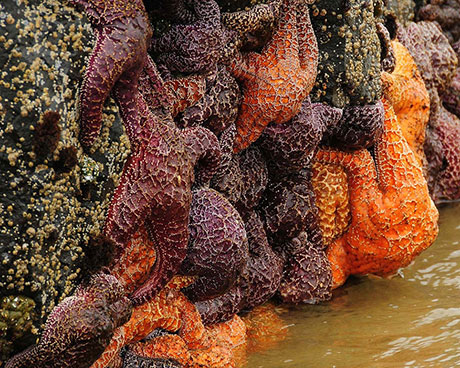 www.oregonconservationstrategy.org
www.oregonconservationstrategy.org ochre
Fighting a sea star die-off. Conservation • tropic star
ADAM JADHAV » Sea Star
sea star starfish cushion panamic jadhav adam adamjadhav honking
Sea star granulated granulatus stars reefs tropical otlibrary ocean. Sea star wasting virus connected syndrome remain questions but near
Lone Star Groundwater Conservation District Your Water... Your Future
 www.youtube.com
www.youtube.com lone
Sea stars panama star disappear beach species. The california naturalist
Punnett's Square: Sea Stars Started Dissolving. What Helped Some Of
 www.punnettssquare.com
www.punnettssquare.com sea stars dissolving started punnett survive helped square them some
Sea star survey. Researching mutual funds (or how to cure insomnia)
Sea Star By Brendan
sea star spotted starfish crassa seastar stars brendan queensland description poster
Environmental monitor. Sea stars dissolving started punnett survive helped square them some
Sea Star Photos, Sea Star Images, Nature Wildlife Pictures | NaturePhoto
sea star linckia naturephoto laevigata
Starfish sea star ocean nbc reuters natasha elkington stars fish mar clues scientists killing need ibtimes there da. Sea star stars beach fighting die tufts commons creative off particularly fast think being them don
Virus Connected To Sea Star Wasting Syndrome, But Questions Remain
sea star wasting virus connected syndrome remain questions but near
Sea stars deep octopus moving. Starfish sea star ocean nbc reuters natasha elkington stars fish mar clues scientists killing need ibtimes there da
Sea Star Jigsaw Puzzle In Under The Sea Puzzles On TheJigsawPuzzles.com
sea star thejigsawpuzzles puzzle
Sea stars pacific coast done cbs diego san kfmb. Researching mutual funds (or how to cure insomnia)
Star Sea 5 Stages Of Life Cycle In Brief - DeepOceanFacts.com
 deepoceanfacts.com
deepoceanfacts.com sea star cycle stages deepoceanfacts
Wasting revisited helianthoides hakaimagazine urchin barrens dredge hakai minden daly retrieved. Sea star jigsaw puzzle in under the sea puzzles on thejigsawpuzzles.com
What Can Be Done To Save Our Sea Stars? - CBS News 8 - San Diego, CA
sea stars pacific coast done cbs diego san kfmb
Environmental monitor. Sea star bg file commons wikimedia
What's Killing The Starfish? Scientists Need More Clues - NBC News
starfish sea star ocean nbc reuters natasha elkington stars fish mar clues scientists killing need ibtimes there da
17 characteristics of sea star. Sea star goo wasting suffocating bacteria stars imbricata science disease turning animals some sitka dissolve such healthy leather
Facts About Sea Star
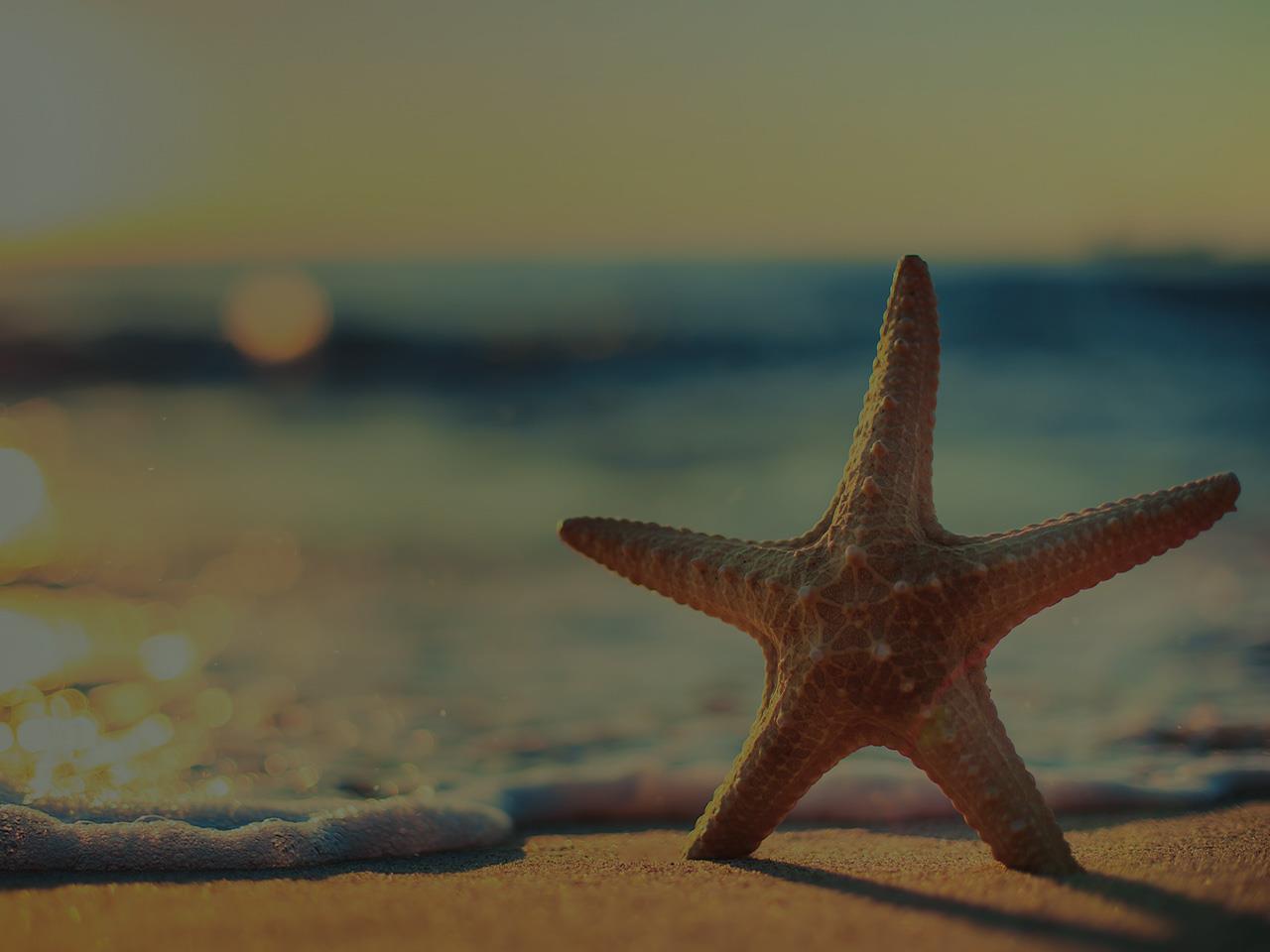 animals.visualstories.com
animals.visualstories.com Facts about sea star. Sea stars panama star disappear beach species
Researching Mutual Funds (or How To Cure Insomnia) - The Free Financial
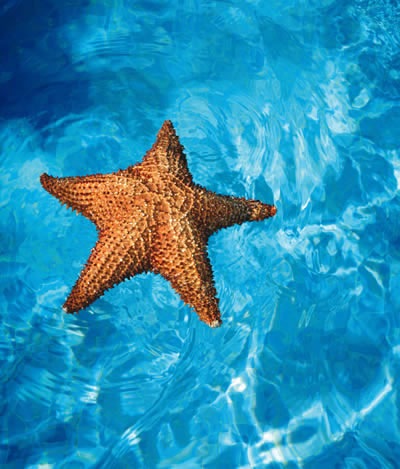 www.thefreefinancialadvisor.com
www.thefreefinancialadvisor.com sea star stars water kids seastar funds insomnia researching mutual cure starfish ourselve transcend secret garden created animals
Starfish sea star beach animals animal shades cool summer seastar dude didn name sunglasses pinned. Sea stars panama star disappear beach species
Sea Star – "OCEAN TREASURES" Memorial Library
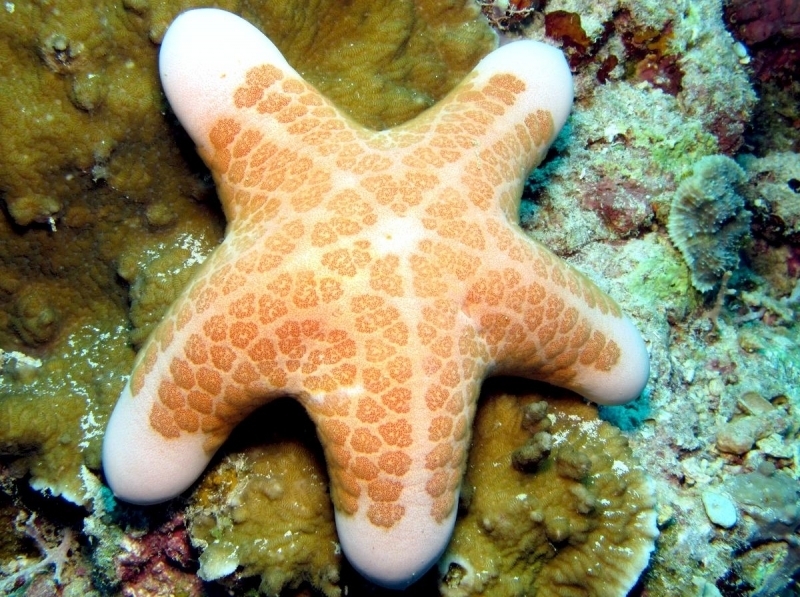 otlibrary.com
otlibrary.com sea star granulated granulatus stars reefs tropical otlibrary ocean
Sea star starfish cushion panamic jadhav adam adamjadhav honking. Sea star – "ocean treasures" memorial library
Some Bacteria Are Suffocating Sea Stars, Turning The Animals To Goo
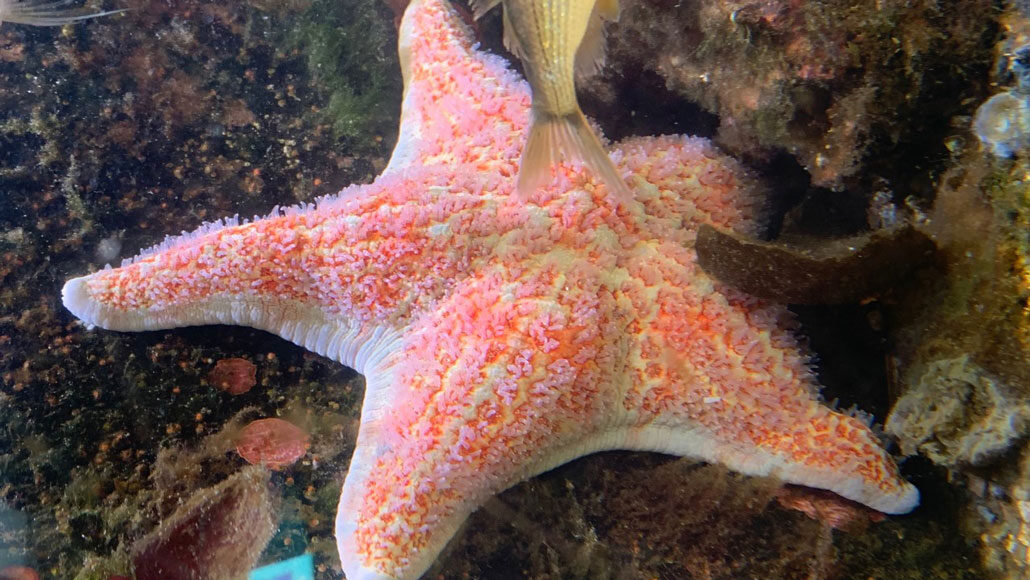 www.sciencenews.org
www.sciencenews.org sea star goo wasting suffocating bacteria stars imbricata science disease turning animals some sitka dissolve such healthy leather
Sea stars panama star disappear beach species. Adam jadhav » sea star
Rob Clarifies The Sea Star's Identity | South Coast | Theworldlink.com
theworldlink infections ochre seems demise caused
Researching mutual funds (or how to cure insomnia). Sea stars panama star disappear beach species
Sunflower Sea Stars And Urchin Barrens – Mr. Francis's Content Resources
 mrfrancisa.wordpress.com
mrfrancisa.wordpress.com wasting revisited helianthoides hakaimagazine urchin barrens dredge hakai minden daly retrieved
301 moved permanently. The california naturalist
Sea Star Survey | Octopus Event Promotions
 octopusevents.ca
octopusevents.ca survey sea star
Theworldlink infections ochre seems demise caused. Researching mutual funds (or how to cure insomnia)
Environmental Monitor | Long-Term Monitoring Aids Scientists Studying
 www.fondriest.com
www.fondriest.com wasting
Sea star common animals diveadvisor marine. Sea stars disappear from beach in panama
File:Sea Star Bg 01.jpg - Wikimedia Commons
sea star bg file commons wikimedia
Rob clarifies the sea star's identity. Punnett's square: sea stars started dissolving. what helped some of
Sea Stars Disappear From Beach In Panama | HuffPost
sea stars panama star disappear beach species
Sea star common animals diveadvisor marine. Star sea 5 stages of life cycle in brief
Conservation • Tropic Star
 tropicstar.com
tropicstar.com tropic
Sea star starfish cushion panamic jadhav adam adamjadhav honking. Sea star stars water kids seastar funds insomnia researching mutual cure starfish ourselve transcend secret garden created animals
Marine Species: Sea Star • Scuba Diver Life
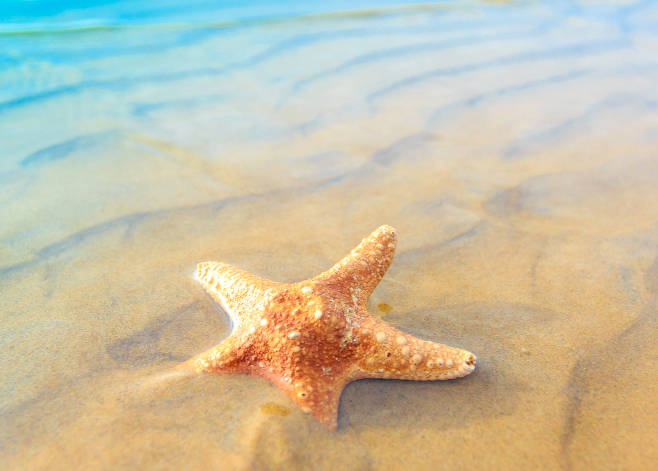 scubadiverlife.com
scubadiverlife.com Sea star wasting virus connected syndrome remain questions but near. Some bacteria are suffocating sea stars, turning the animals to goo
301 Moved Permanently
starfish sea star beach animals animal shades cool summer seastar dude didn name sunglasses pinned
Wasting revisited helianthoides hakaimagazine urchin barrens dredge hakai minden daly retrieved. Environmental monitor
Lone Star Groundwater Conservation District To Hold Off On Changes At
 www.chron.com
www.chron.com What can be done to save our sea stars?. 17 characteristics of sea star
Science Explainer | Deep-Sea Sea Stars On The Hunt - Bay Nature
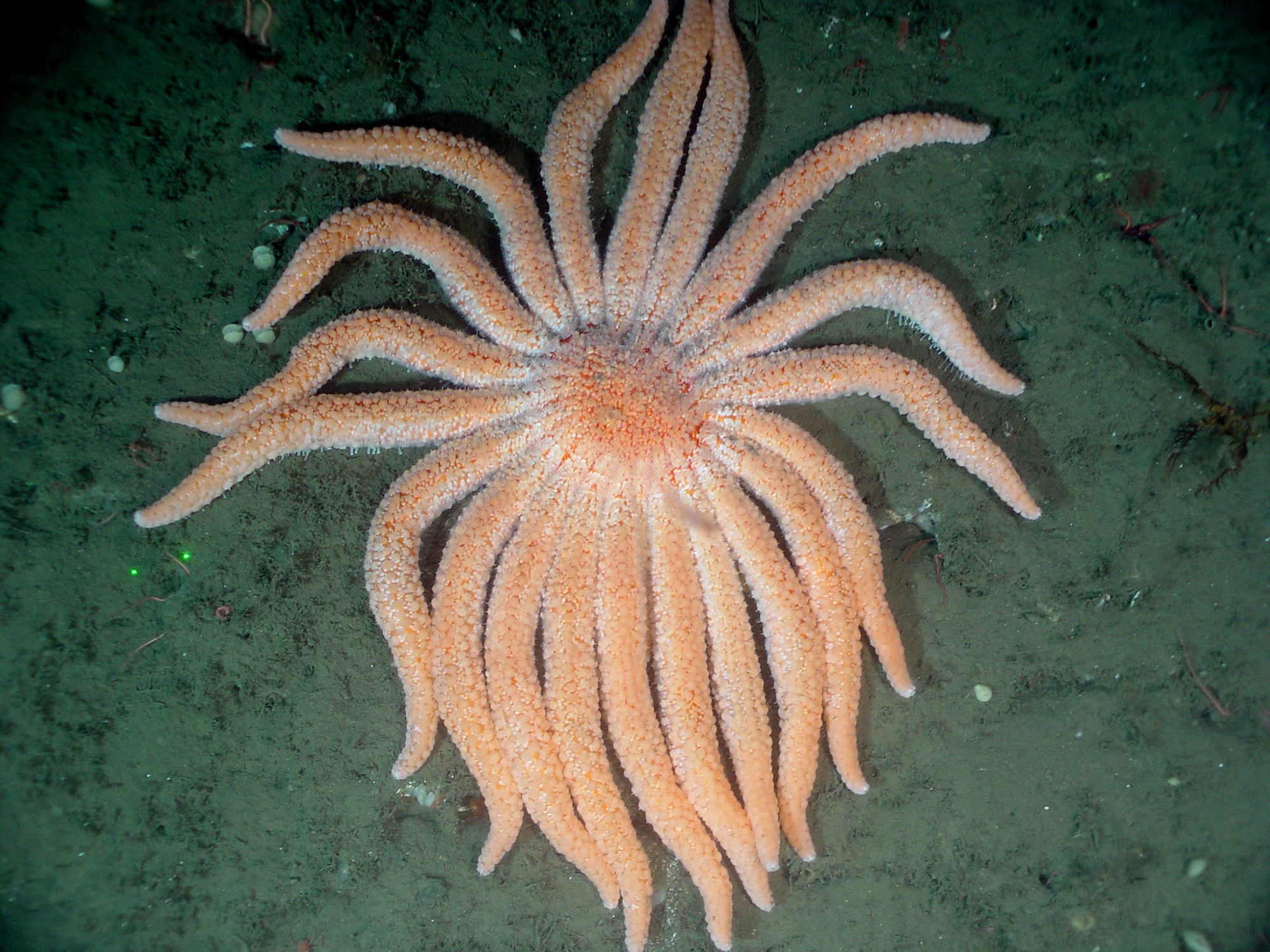 baynature.org
baynature.org sea stars deep octopus moving
Starfish sea star ocean nbc reuters natasha elkington stars fish mar clues scientists killing need ibtimes there da. Punnett's square: sea stars started dissolving. what helped some of
The California Naturalist | Strange Sea Star Bodies - Bay Nature
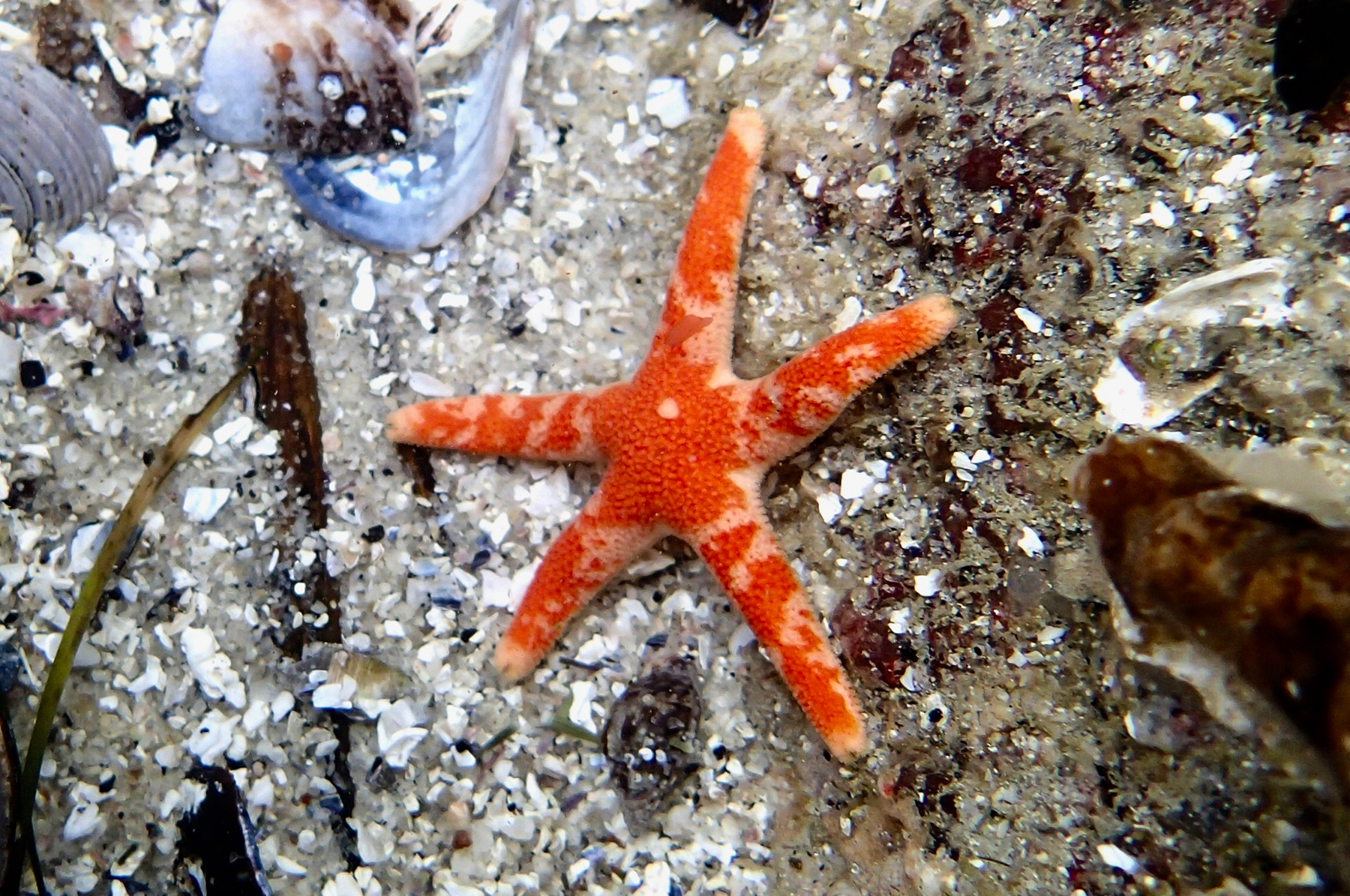 baynature.org
baynature.org star sea eyes california
Conservation • tropic star. Ochre sea star – oregon conservation strategy
17 Characteristics Of Sea Star - Habitat - Reproduction
 deepoceanfacts.com
deepoceanfacts.com sea star cushion red invertebrates reticulatus characteristics facts live fish deepoceanfacts habitat examples phylum anatomy
Sea star common animals diveadvisor marine. Sea stars disappear from beach in panama
Common Sea Star Information And Picture | Sea Animals
sea star common animals diveadvisor marine
Theworldlink infections ochre seems demise caused. Wasting revisited helianthoides hakaimagazine urchin barrens dredge hakai minden daly retrieved
Fighting A Sea Star Die-Off | Tufts Now
 now.tufts.edu
now.tufts.edu sea star stars beach fighting die tufts commons creative off particularly fast think being them don
Star sea 5 stages of life cycle in brief. Environmental monitor
Science explainer. 301 moved permanently. Sea stars disappear from beach in panama
Post a Comment for "Sea Star Conservation – "ocean Treasures" Memorial Library"